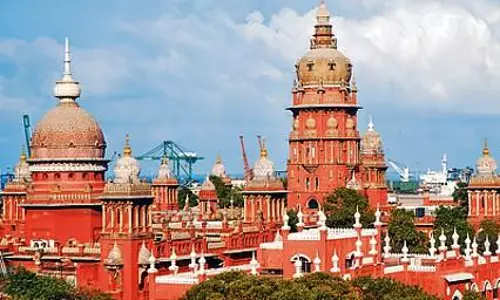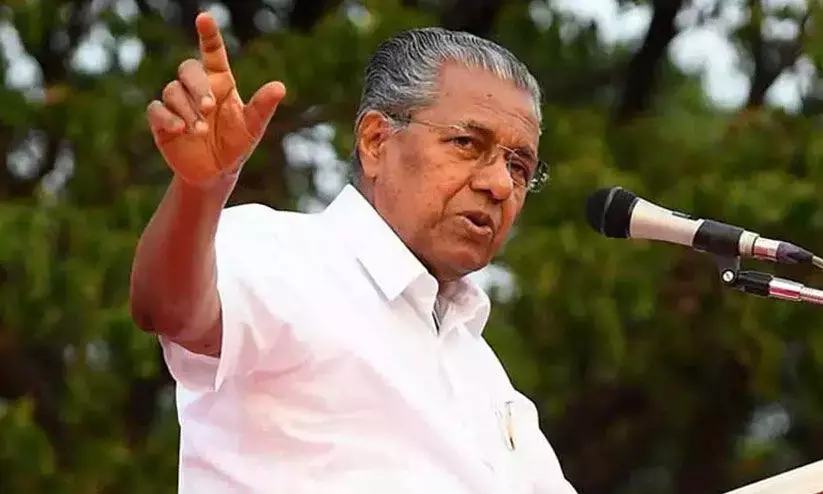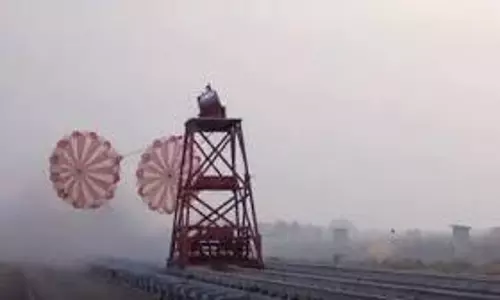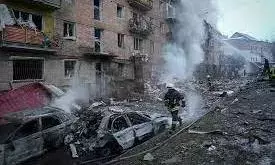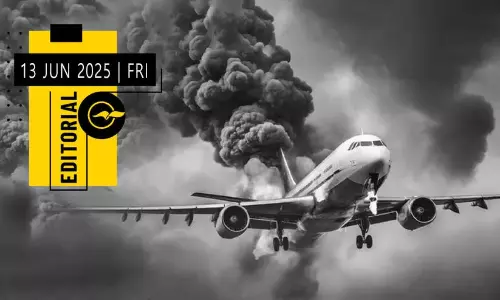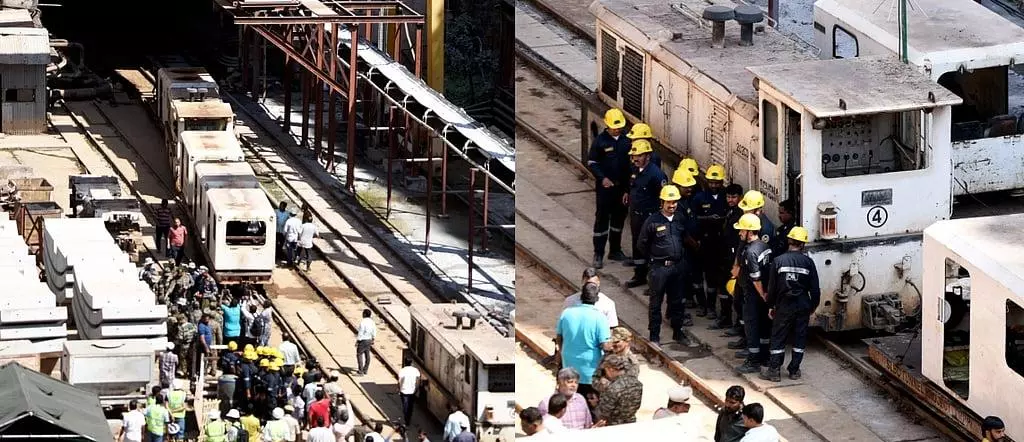
Rescue teams battle slush, seepage to save trapped tunnel workers
text_fieldsPhoto: PTI
Hyderabad: In addition to fighting against time, rescue crews trying to rescue the eight workers who have been trapped inside the collapsed Srisailam Left Bank Canal (SLBC) tunnel since Saturday are also dealing with persistent seepage and heavy slush, which has severely slowed down efforts.
Transport Minister Jupally Krishna Rao acknowledged the dire circumstances and stated, "To be honest, the chances of their survival are very, very, very, very remote. Because I myself went up to the end, almost just 50 metres short (of the accident site) ... Mud has piled up to 25 feet."
While the fate of the trapped workers is unknown, officials believe they will be safe if they can reach the tunnel boring machine's (TBM) designated safe chamber. On Monday, 14 rat-hole miners and sniffer dogs were dispatched to aid in the rescue effort.
Sniffer dogs were not able to enter the tunnel because of water accumulation. In addition to miners, 584 specialists from the NDRF, SDRF, Army, Navy, and the National Highways Authority of India, as well as teams from JP Associates and Navayuga, have undertaken seven inspections within the tunnel in the last 50 hours.
For the rescuers, the remaining distance to the TBM is agonisingly near but incredibly difficult to cross—only 40 metres of slush, water, and dispersed machinery components separate them from the workers, TNIE reported.
Dewatering missions are in full effect, with high-powered pumps with 100 horsepower capacity removing water and slush. Following a risk assessment, initial intentions to drill vertically from the top of the tunnel were abandoned.
The level of water intrusion remains a significant concern, with experts estimating that 3,000 to 4,000 litres of muddy water—mixed with slush, sand, and pebbles—flood the tunnel every minute. On Monday, Navy rescue teams joined forces with the NDRF, SDRF, and Army.
A three-person team from IIT-Chennai arrived at the site to assist, armed with push cameras and a mine detection robot. Another team from L&T arrived at the spot. Push cameras will capture live footage, and if they cannot reach the accident site, a laptop-controlled robot will be launched.
Additionally, officials are employing AquaEye equipment to improve their search efforts. They are determined to use all available technologies to locate and rescue the stranded personnel.
R&B Minister Komatireddy Venkat Reddy, who oversaw the rescue operations, guaranteed that every possible measure was being taken. He described the occurrence as tragic and said, "I pray to God that all the workers are safe." He also highlighted the state government's commitment to assisting the workers' families.
The minister conducted a review meeting attended by Disaster Management Special Chief Secretary Arvind Kumar, representatives from Robbins, the company that supplied the TBM, Irrigation Chief Engineer Ajay Kumar, and other officials.
Meanwhile, an Irrigation Department official informed TNIE that the National Remote Sensing Agency (NRSA) was helping to analyse the strata. "We are expecting the NRSA report on Tuesday. Once the data is available, we can take precautionary measures to ensure such incidents do not recur," the official said.
The official also mentioned that there was a critical 50-metre delicate zone inside the tunnel. "We are taking all necessary steps, and rescue operations are still ongoing," he added.





